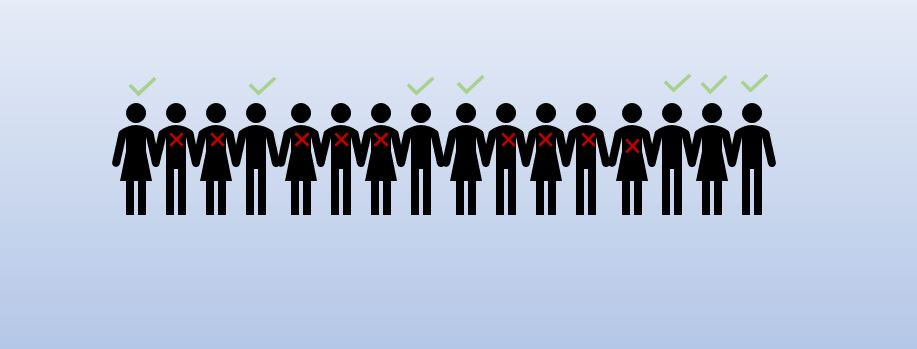One of the mysteries in scholarly publishing is the peer-review process. I created this short video to help scientists understand the process editors use in selecting reviewers. I describe it as a game of dodge ball. The editor typically has a large pool of potential reviewers who have the right expertise and scientific background, but then the editors start eliminating the reviewers based on “conflicts” with the authors. The researchers who remain after the conflict balls have been lobbed are the ones that can be invited to perform in-depth review.
The only conflict not mentioned in the short video is financial conflict of interest. This should be an obvious one. If the study is funded in part or entirely by a company or if it has authors who are employed by a company in which the prospective reviewer has a financial stake or serves on the company’s board, then that reviewer is not considered appropriate for performing in-depth review. Financial conflicts of interest are the ones most people readily understand. Financial conflicts of interest are the one the authors of a paper may not know when they are suggesting reviewers. It is the other types of conflicts that I think scientists as authors of scientific manuscripts may not appreciate as well. These other types are ones that the authors know but may not realize are important.
In the video, I indicate examples that are considered conflicts between a reviewer and the authors of the manuscript and recommend that no scientists who meet those criteria within 5 years are suggested. The guidelines from the “Committee on Publication Ethics” recommends 3 years for the limit.
The guidelines that I provide apply to most manuscripts, and they are guidelines not absolute rules. There are cases in which a field is very small or a method is not widely used. In those cases, sometimes these conflicts cannot be avoided. In other cases, some scientists have co-authored prolifically and it can be nearly impossible to find a scientist with the appropriate expertise who has not co-authored with this author on a manuscript. These situations are when editorial judgement becomes critical. When potential conflicts cannot be avoided, the editor must evaluate the type of co-authorship (such as co-authorship on commentary or primary research, consortial authorship, frequency of co-authorship) and be able to weigh potential conflicts when using comments provided by scientists who may have one of the potential conflicts.
Related Resources
COPE Ethical Guidelines for Peer Reviewers https://publicationethics.org/resources/guidelines-new/cope-ethical-guidelines-peer-reviewers (accessed 7 November 2018)
BioSerendipity Career Training Services: https://www.bioserendipity.com/bioserendipity-communication-services/training-and-career-workshops/
Cite as: N. R. Gough, Guidelines for Suggesting Reviewers. BioSerendipity (12 November 2018). https://www.bioserendipity.com/guidelines-for-suggesting-reviewers.

